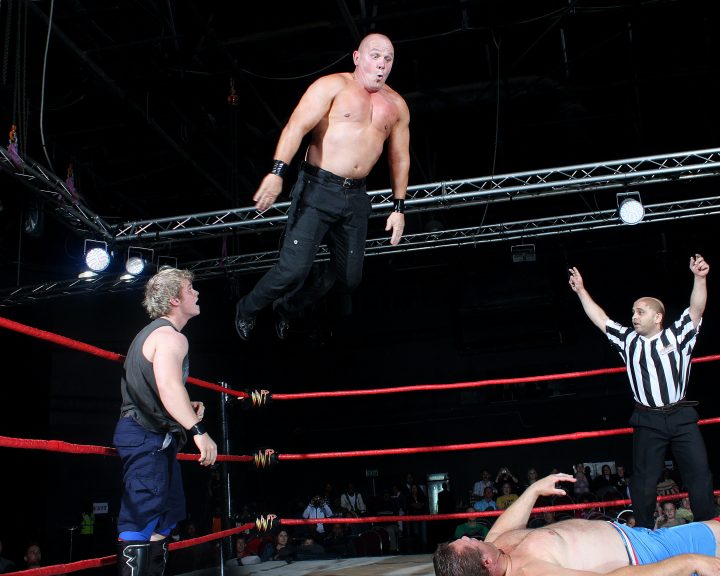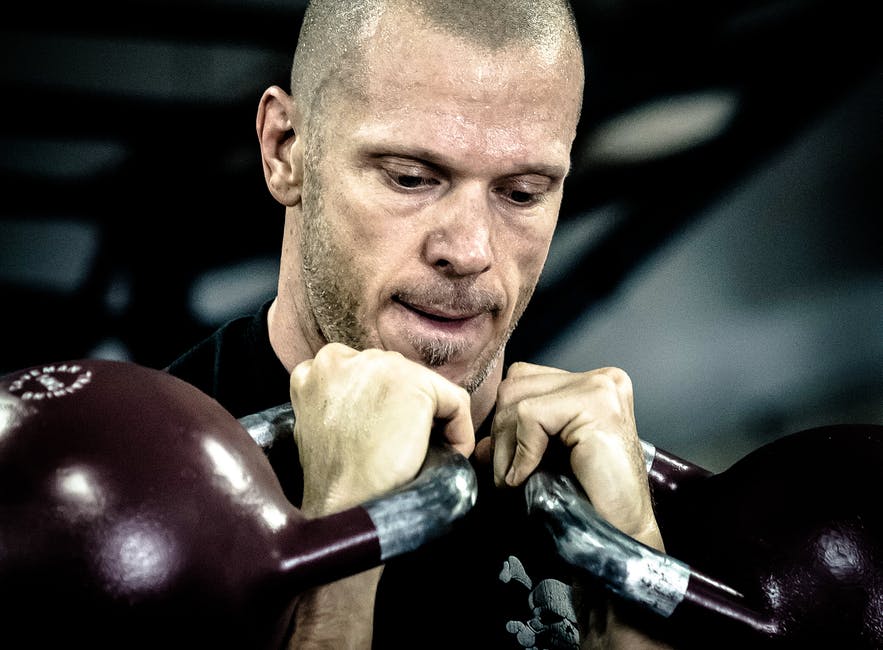While ACL injury and reconstruction isn’t routine, it no longer seems like a big deal in sports media. Of course athletes rupture their ACL, will have reconstruction, then will return to sport. What is interesting is that athletes reinjure their ACL or suffer degenerative problems (i.e. knee osteoarthritis) down the line.
Oberlander et al, in the latest issue of Clinical Biomechanics, conducted a study to examine lower leg movements during landing in subjects with a history of ACL rupture and reconstruction. The study compared the leg with the ACL rupture to the other leg during landing from a single-leg hop test, the idea being that the motion of the lower leg compared to the thigh might contribute to knee osteoarthritis.
The subjects were 18 patients who had ruptured their ACL, but nothing else (i.e. no other ligament ruptures or cartilage tears in conjunction with the ACL rupture), and had undergone reconstruction. The subjects were examined longitudinally (pre-reconstruction (around 3-6 months after injury, but 5-6 days before reconstruction), six months after, and twelve months after reconstruction). Subjects performed 5-10 single leg hops with each leg, with their hands on their hips, covering a distance equivalent to 75% of their height. Landing was on a force plate.
Results:
• While landing on the force platform, the injured leg produced a lower knee flexion and knee adduction joint moment than the uninjured leg. These differences change very little from pre-reconstruction through 12 months post reconstruction.
• The injured leg produced a higher ankle dorsiflexion moment than the uninjured leg, this value peaked at six months post-reconstruction and the two legs were close by 12 months post.
• The injured leg produced more lower leg rotation with respect to the femur during the single-leg hop test.
• The injured leg had greater anterior translation of the lower leg with respect to the femur at pre-reconstruction, but while this difference closed greatly six months and twelve months post-reconstruction it was still present.
The research shows differences with knee function even twelve months after reconstruction. First, there was a shift to from relying on knee flexion to relying on knee adduction and the ankle joint during landing. This difference persisted twelve months after reconstruction. Second, the increased rotation and translation of the lower leg during landing, even twelve months after reconstruction, might represent a contributing factor to osteoarthritis after ACL reconstruction.
The osteoarthritis suggestions are not the interesting part of this study to me. In my opinion, while there’s a suggestion that the alteration in rotation/translation may change contact points and contribute to degeneration, that’s difficult to prove. Rather, the interesting finding to me is that even twelve months after reconstruction (and presumably after rehab) the injured knee still functions differently during landing than the uninjured knee. If the subjects underwent rehab, then the injured knee is probably stronger than the uninjured one and yet it still is trying to find strategies to work around the ACL injury. There may be implications here for a strength and conditioning professional that is working with athletes that are post-reconstruction and post-rehab, i.e. maybe a real need to focus on knee extensor strength and to minutely examine landing mechanics.
Like all studies, this one has limitations. First, we know that the subjects average to be 26 years old and are active in sports like basketball, rugby, skiing, and soccer. We don’t know anything else about the subjects. For example, are they recreational athletes or elite? Some of both? Second, we don’t know anything about their ACL reconstruction rehab and whether that rehab helped or contributed to the results that we see in this study and whether or not they were compliant with their rehab. Third, the study only has 18 subjects and focused on ones that “only” had ACL ruptures with no other injuries to the knee. Finally, we don’t know if these results persist past twelve months. All of these limitations should be kept in mind when reviewing these results.
Oberlander, K.D., Bruggemann, G-P., Hoher, J., and Karamanidis, K. (2014). Knee biomechanics during landing in anterior cruciate ligament patients: A longitudinal study from pre- to 12 months post-reconstruction. Clinical Biomechanics, 29, 512-517.




